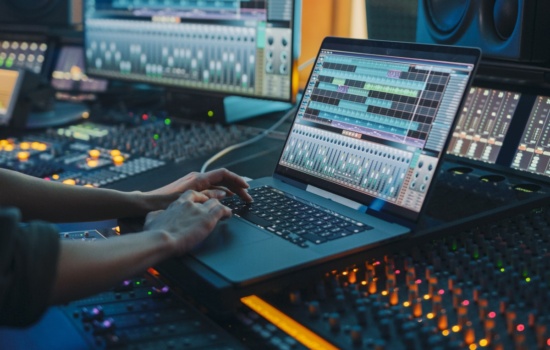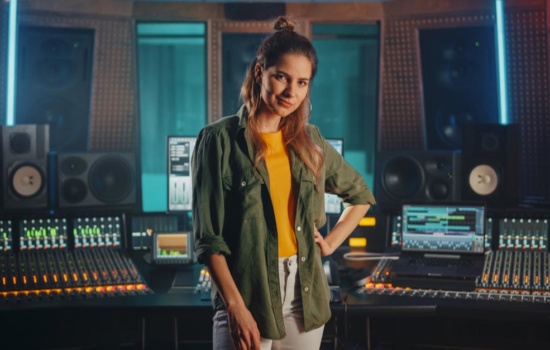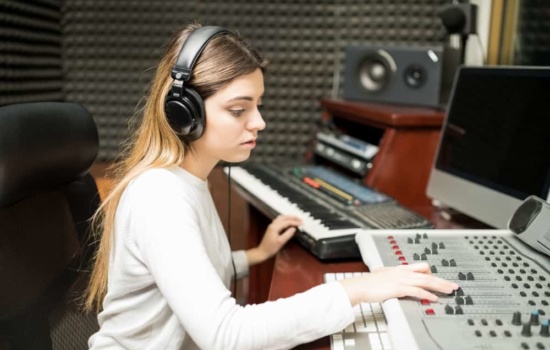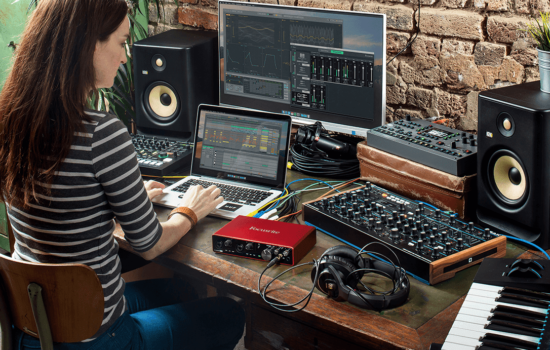Autotune is a piece of software that adjusts notes that a person sings (or that an instrument plays) to fit into the scale of a song, essentially correcting the notes to fit the song.
But what is autotune, technically speaking?
Well, it’s a piece of software that digitally corrects the pitch of your voice (or any instrument). It uses something called a Phase Vocoder.
To understand a Phase Vocoder, we first have to talk about a regular vocoder.
With a vocoder, you sing into a microphone while you play an instrument so the vocoder can adjust your voice notes to fit the notes of your instrument. The output will sound like your instrument is singing. So it doesn’t really matter what notes you sing into the mic because the vocoder will adjust your voice to fit the notes you’re playing on your instrument.
Here’s an example.
So a Phase Vocoder does basically the same thing but all with software and, most of the time, at a less drastic level.
That’s what autotune is — it adjusts the notes you sing or play to match the closest actual note in the chosen scale.
There are three main aspects of autotuning: Musical Key, Input Type, and Retune Speed3.






